I have so enjoyed traveling around Indonesia and am quite taken by this beautiful place and the warmth of the people. Onwards from Bali and Lombok to a very special place – Komodo national Park.
This is comprised of two main islands, Komodo and Rindja, both hilly, desolate and beautiful. Situated between Flores and Sumbawa, they are home to the legendary creatures – Komodo Dragons.
David Attenborough visited this area in 1956 and wrote his book “Zoo Quest for a Dragon” as well as filming a documentary, he has been followed by many since and BBC film crew are regular visitors to this amazing place.
Komodo dragons are actually monitor lizards, with tapered heads, long powerful tails and an even more powerful jaw.
Most of the dragons we saw on Komodo and Rindja were very docile creatures, laying out in the sun to keep warm, this aids their digestion and preventing the food which sits in their stomachs for some considerable time from rotting. I was initially a little disappointed to see the first sitings of them on Komodo, we arrived in the afternoon, and they were splattered out on the ground, seeming unable to move.
The best time of day to visit them is first thing in the morning, so its useful to be at the ranger station ready to make a visit by 7 in the morning, we did this on our visit to Rindja and saw several dragons on the move, maybe not the best thing I thought when I discovered more about their feeding habits and their capacity to move. If chased by a Komodo, you have to run in a zig zag pattern to outrun them, as they can only run in a straight line, but they have the ability to run twice as fast as even the fittest human.
Komodos eat only once a month, then it is a feast. The seek their prey, be it a goat, wild pig, a deer or indeed a large buffalo which all live side by side.
When they catch their prey, they inflict a deadly bite, with shark like teeth which interlock and pull out a large piece of flesh.
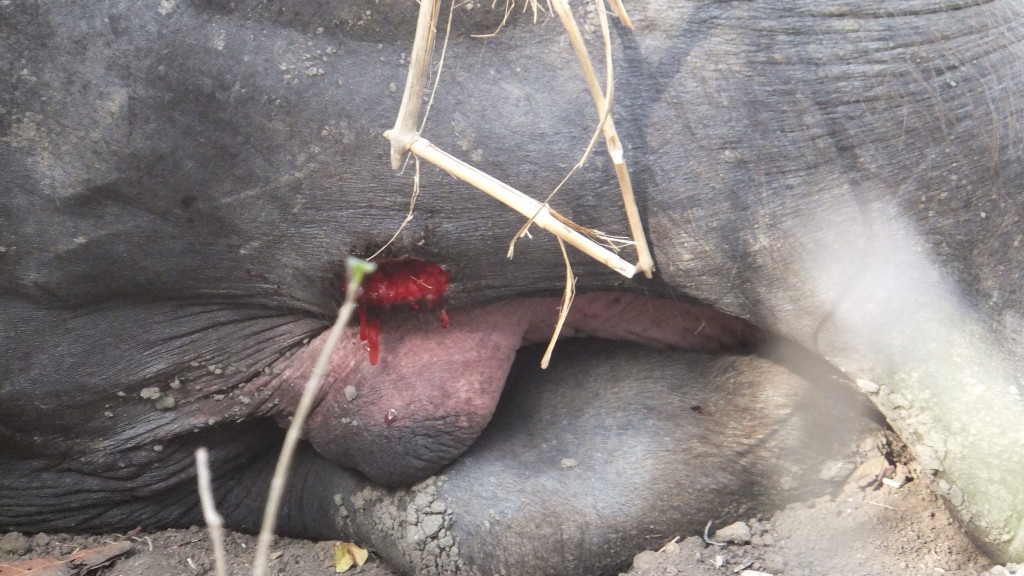
A wound inflicted by a small Komodo, but the effect is the same, the Dragons are waiting in the area for their next feast
Their saliva contains 60 different bacteria including listeria, as well as venom in their teeth which inflicts a lingering death in the animal. They wait nearby waiting for the animal to die, maybe taking 2 to 3 weeks as they wait for their feast, very much in the way a crocodile catches and feeds on its prey.
The dragons will also attack humans, and it requires a course of powerful antibiotics to stop this bite becoming fatal. In February last year a guide on Rindja was bitten, the whole of his calf muscle engorged in the attack, fortunately he survived. The children in the local village grow up knowing this threat, and are always looking out for them as they play, chasing them away by throwing rocks when they are spotted. A local woman wasnt so lucky recently, as she picked leaves from a tree to feed her goat, a dragon attacked her from behind. She was near a local watering hole where local people had gathered to collect their drinking water, and came to her rescue chasing the dragons away. It seems strange to me that they do not store the necessary antibiotics locally, and if there is an attack by a dragon, the drugs needed to prevent a fatality have to be sent to the area via fast speed boat.
The females breed in July and August and lay their eggs in a nest which they guard for 3 months,
they then leave, returning in 6 months time for them to hatch, not to care for their young hatchlings, but ready to feast on them, for Komodos are cannibals. The babies, weighing only 80g seem genetically programmed to flee from the nest, avoiding the appetite of their mother and hide in hollows in nearby trees where they live for 3 years until old enough to defend themselves
No one really knows why the male population of Dragons outnumber the female by 4:1. Certainly the newly hatched males are slightly larger than the females, and we also know that the sex of the new creatures is determined by temperature, with males more likely to be produced when it is warmer, the mating season being in July and August. The males are noticeable by their larger heads and tails and of course the females by their weary look from the demands made on them by their macho suiters!
The dragons can swim, but only for about 500 meters which means they are isolated only on Komodo and Rindja islands. The human population of Rindja is approximately 1800, outnumbered by the 3000 Komodo dragons there, but their presence ensures a steady income from the many tourists who travel many miles to this area, not just for the splendid diving, but to see these unusual creatures.
Our guide, Vidhel Castro was a local man, born and raised in the local village.
His English was excellent, from the 5 years he had spent leading tourists through the area spotting wildlife. He was extremely informative, and I soaked up his facts and figures along the way as I enjoyed listening to is tales.
Vidhel is paid 40,000 Rupiah (about £2 or 3.6AUD) for each tour he leads, in the high season, July and August, and Fidel leads approximately 3 tours a day, and for the other 10 months there are many days with no tours at all.
When it is quiet, he returns to his village, a 5 hour walk from the park HQ to his family and spends his time fishing. We took time later to visit his village and found his home and were warmly welcomed by his family, I will write about this is another blog as I want to spend time talking about the Indonesian people, Indonesia is certainly inspiring me to write, I hope you are enjoying reading!

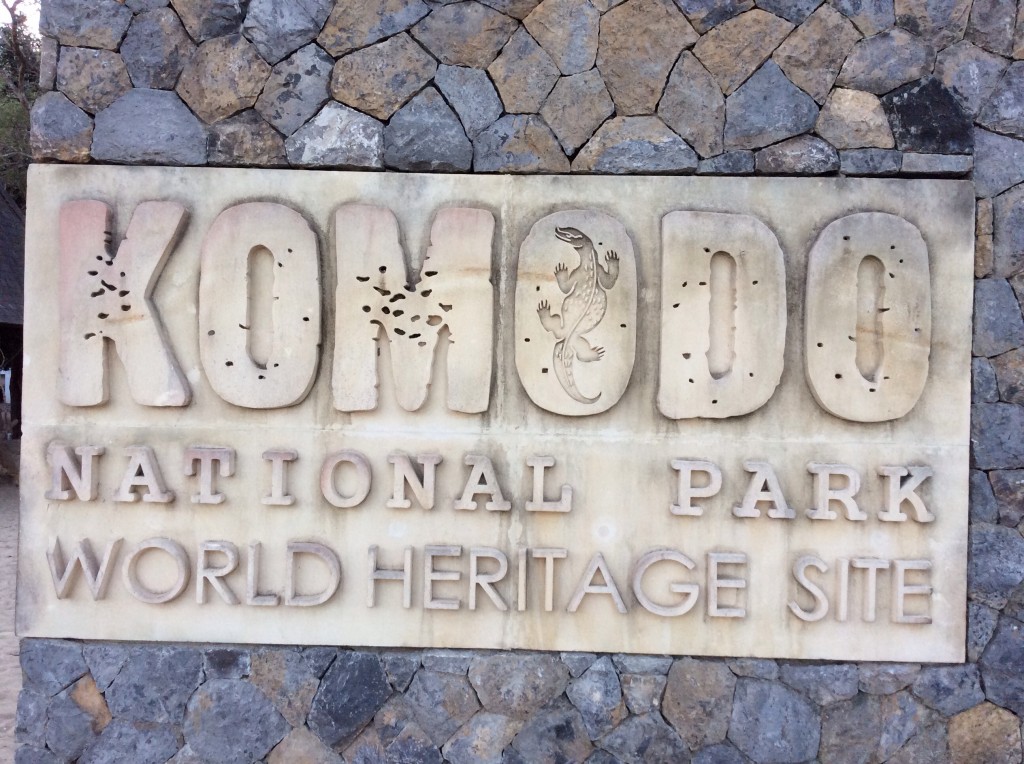


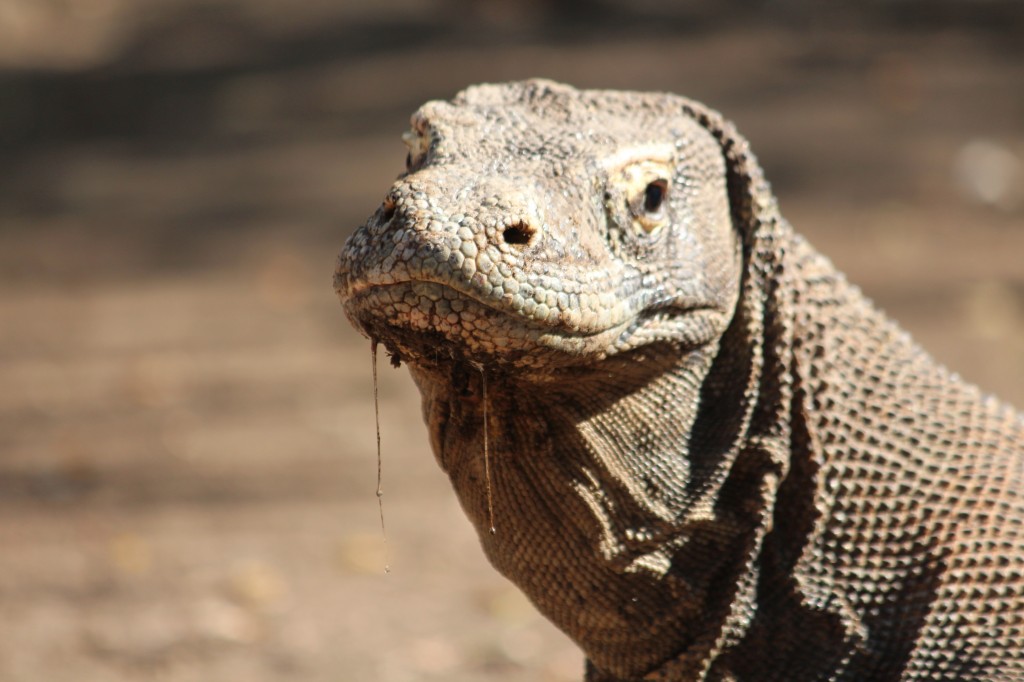
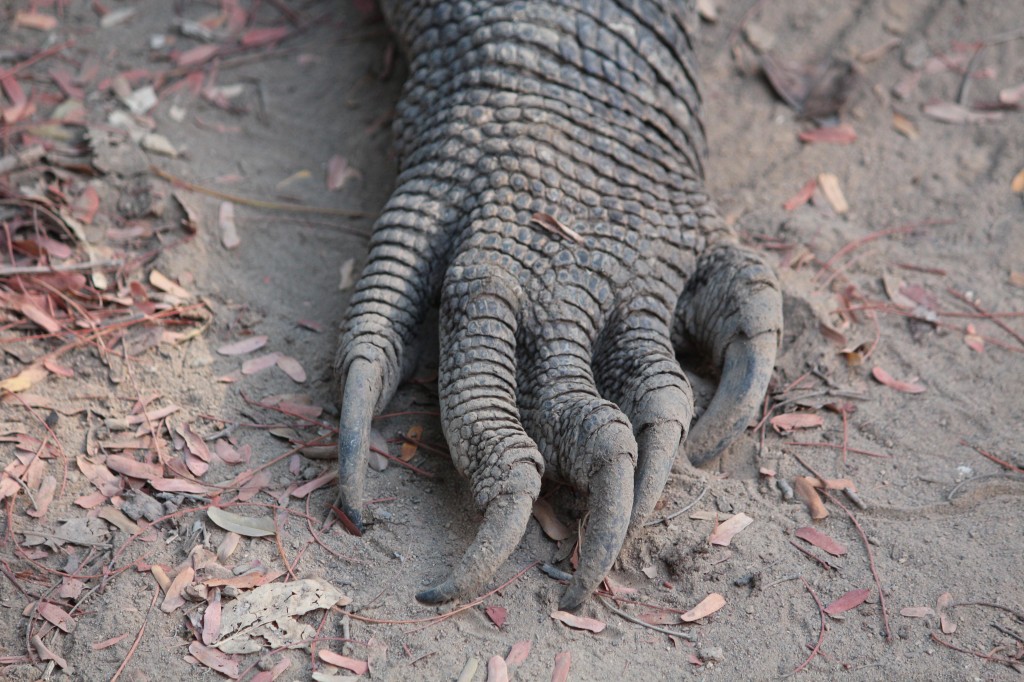

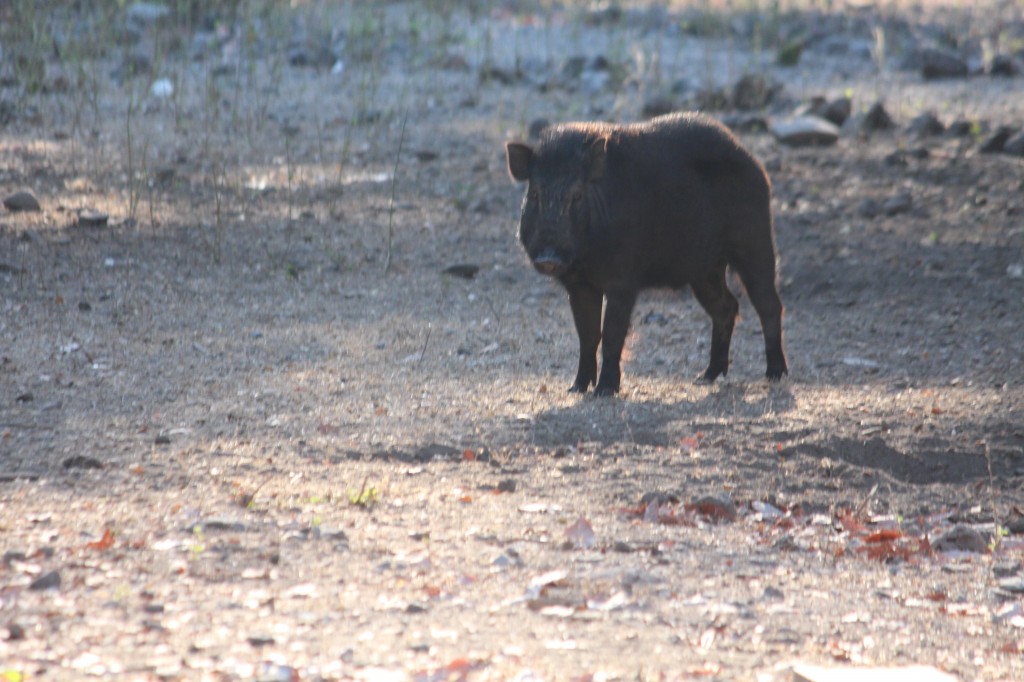

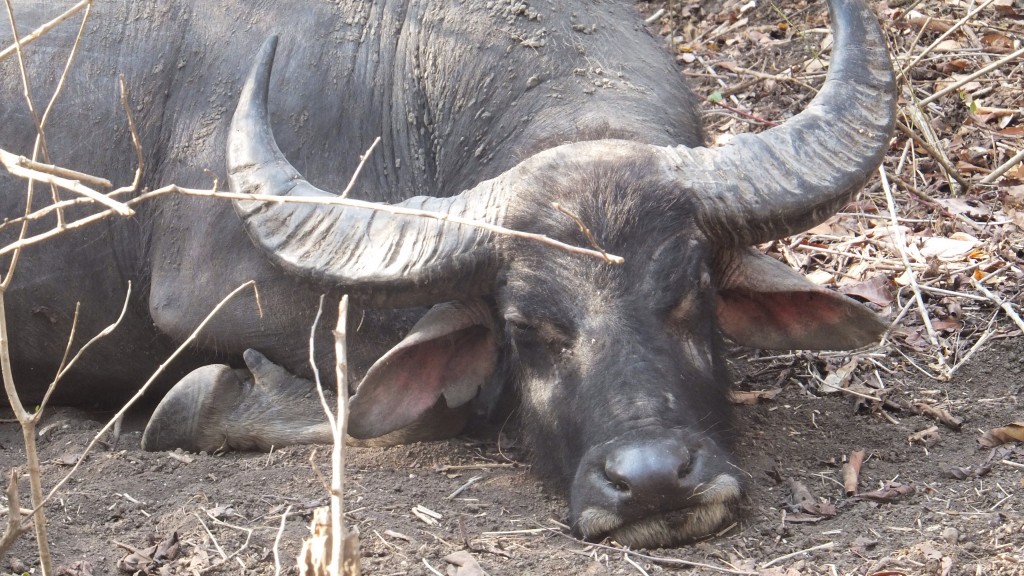
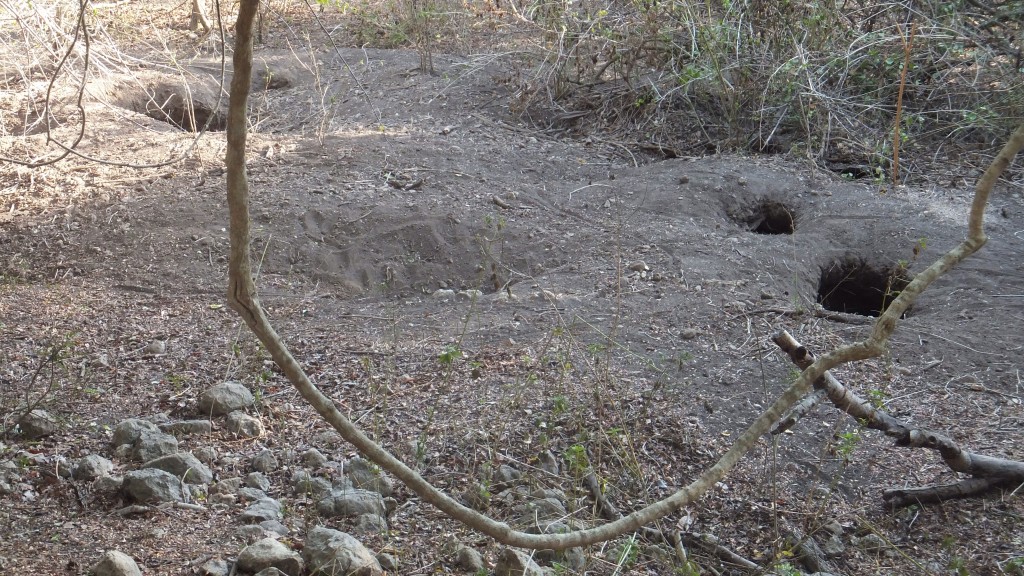
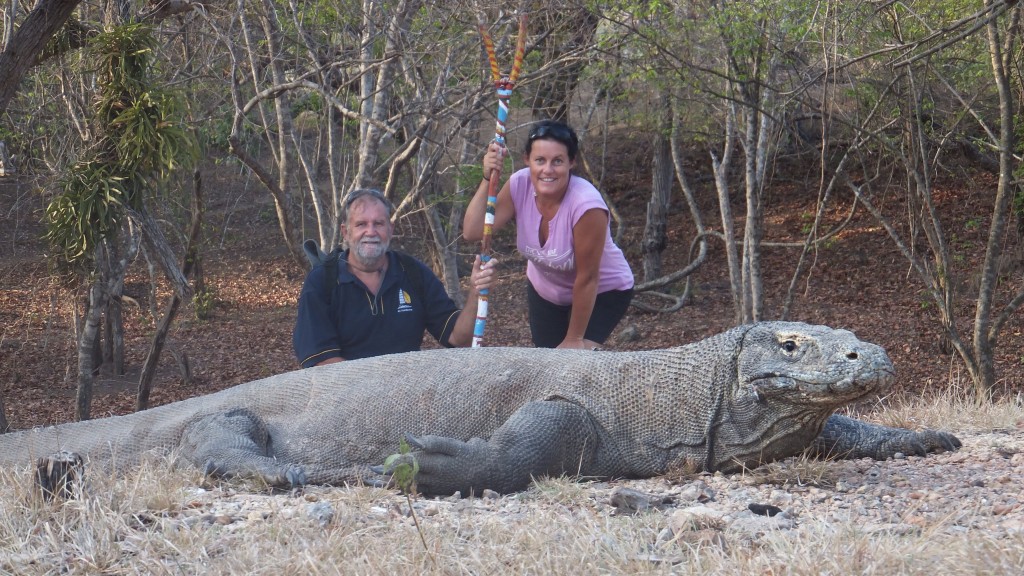
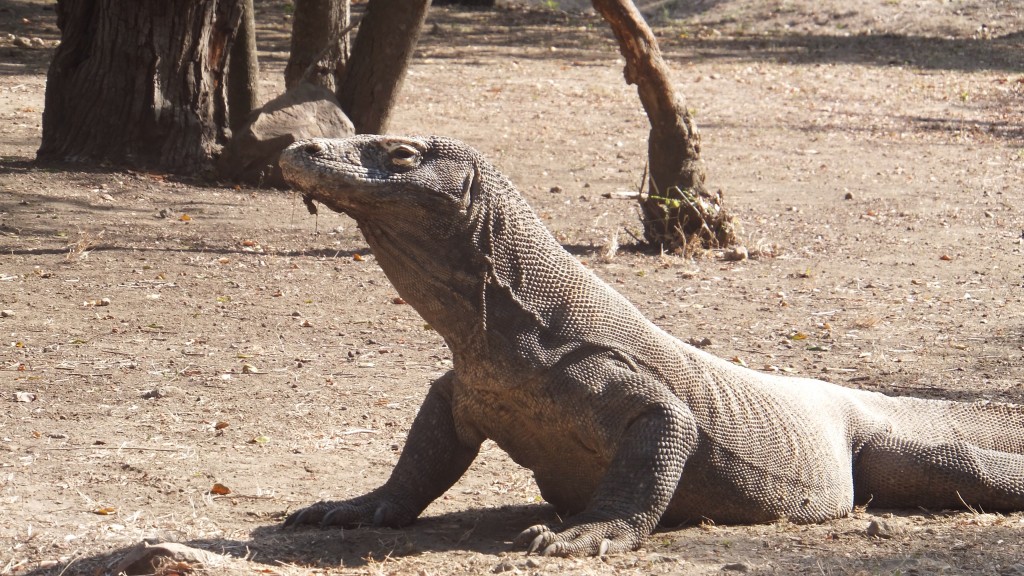
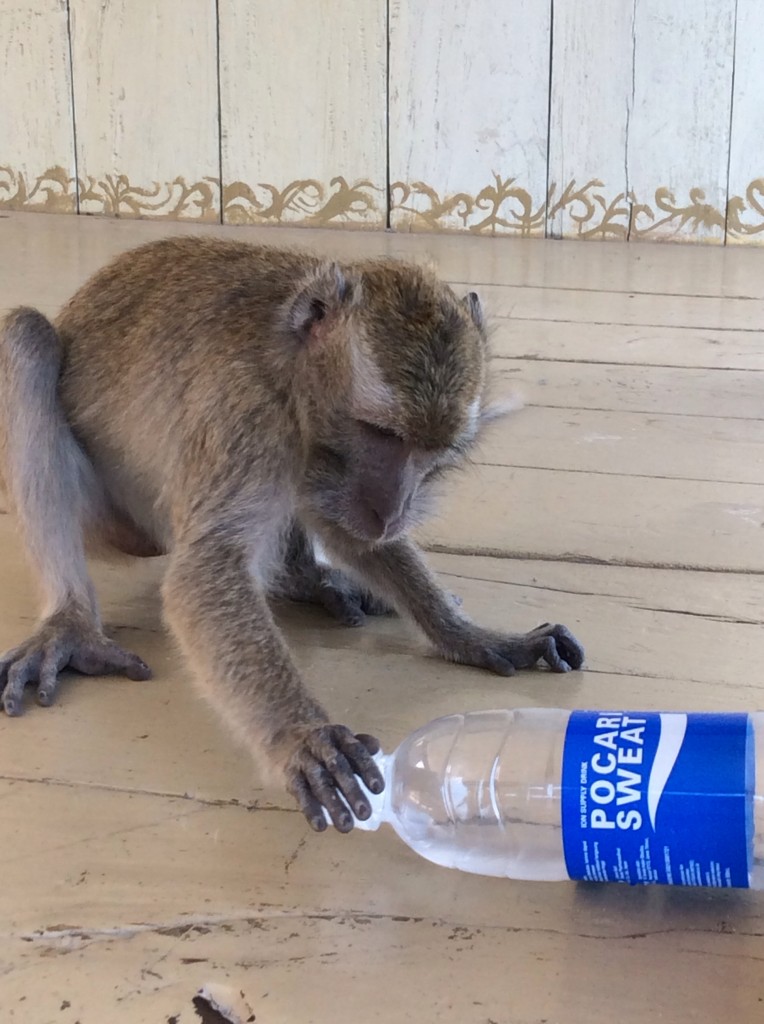
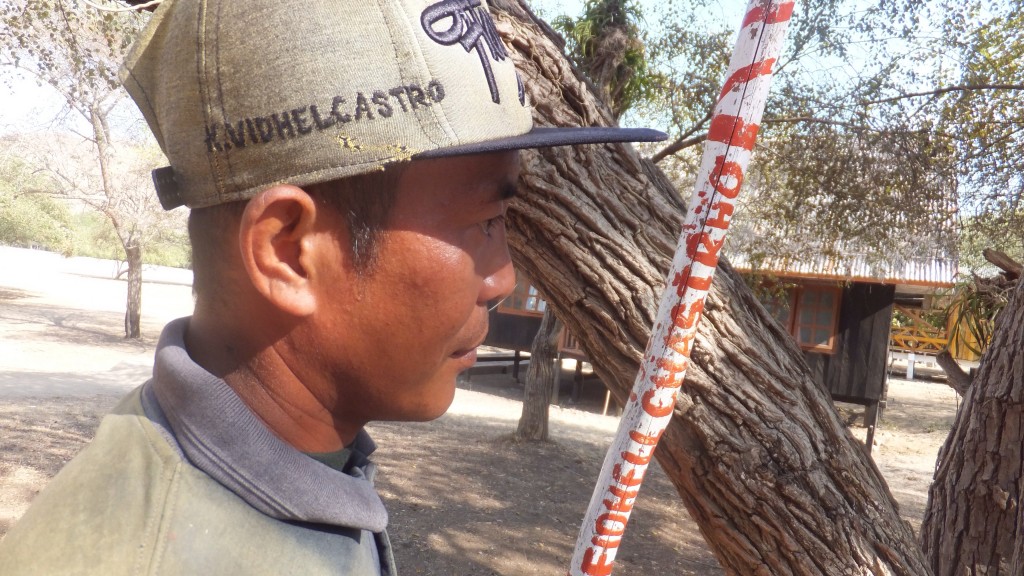
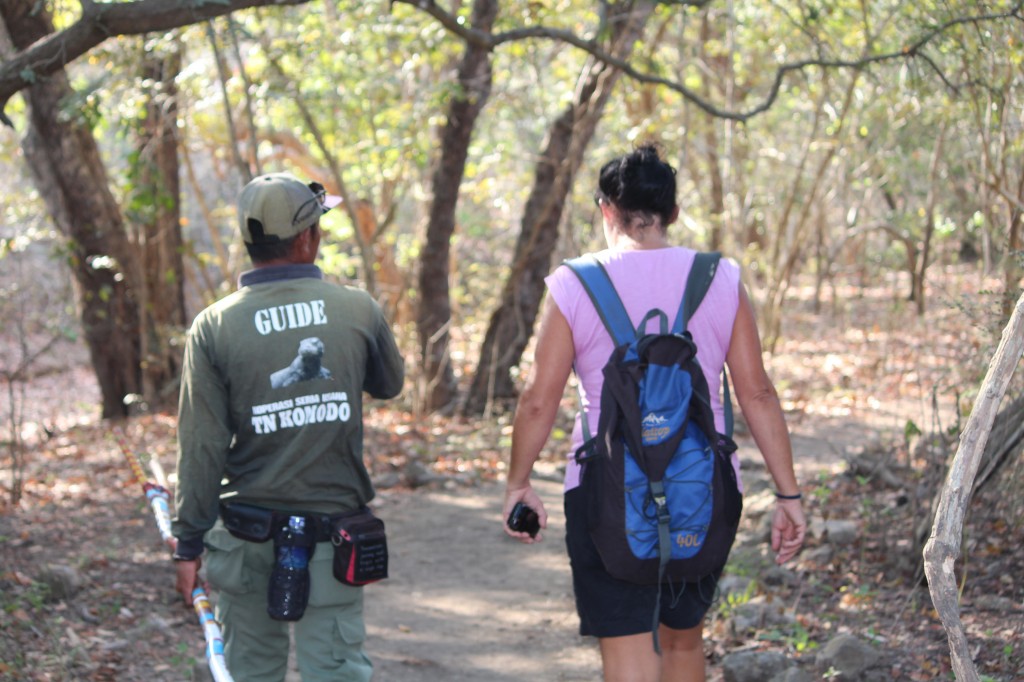

5 Responses to The land of the Dragons